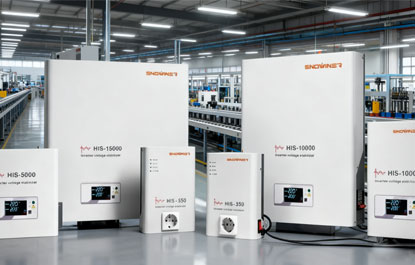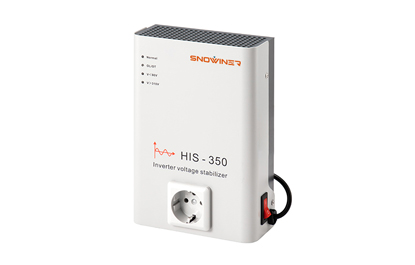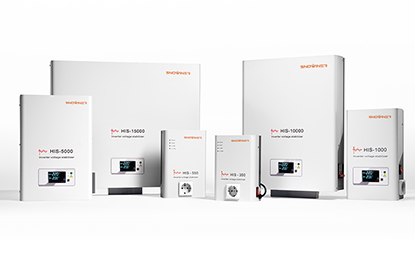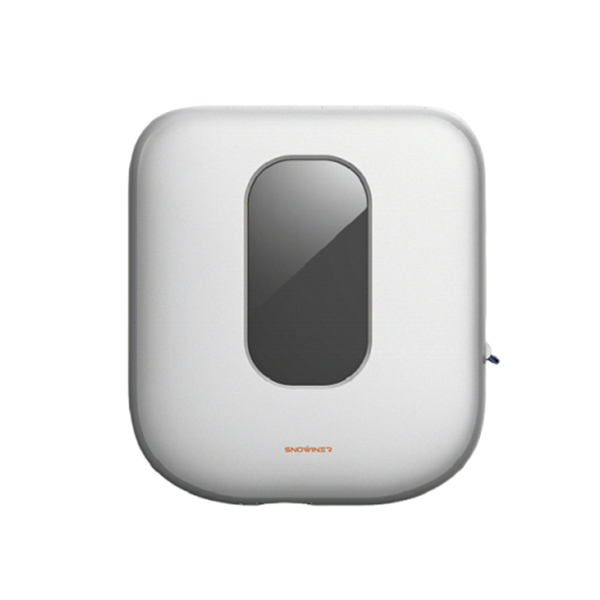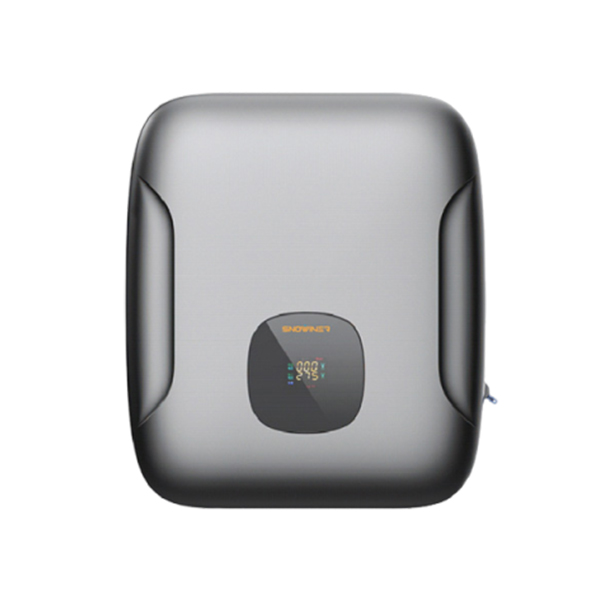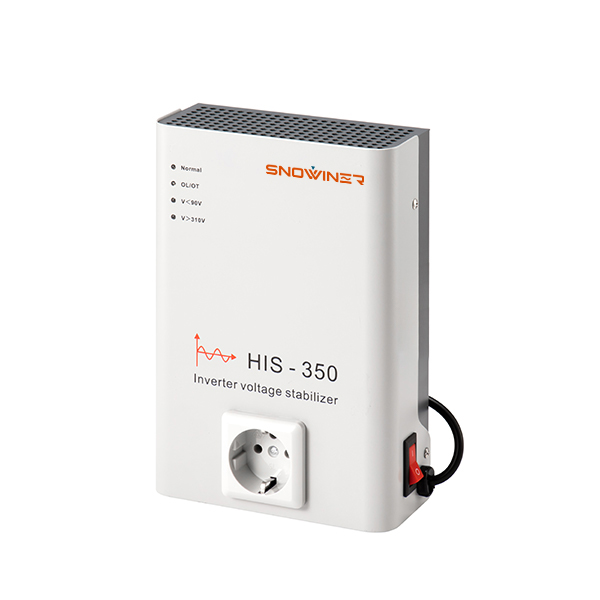What are the differences of high inverter stabilizers?
This article discusses the main features of high inverter stabilizers (devices, circuits, working principles), their advantages and disadvantages, and the main differences from older generation devices.
Voltage issues, especially sudden voltage drops, surges, high-voltage surges, and waveform distortion, can negatively impact the daily operation of most household and commercial appliances. These include boilers, refrigeration equipment, computer equipment, infrastructure and other loads without which modern people can hardly survive.
There is a wide variety of voltage stabilizers from domestic and foreign manufacturers on the market. From the simplest economic types for the consumer sector to high-end types for particularly important medical, communications, energy and transport installations. Despite the apparent product price and category diversity, all stabilizers sold in stores can be divided into three main categories: relay, electromechanical and electronic. They cope well with voltage problems, but due to their operating principle, they cannot fully protect load devices from power quality problems.
The situation has changed with the advent of high inverter stabilizers on the market. High inverter stabilizers can provide voltage regulation qualities not available in older generation stabilizers of the above type. Secondly, they eliminate all the inherent stabilizer disadvantages.
Let us discuss the disadvantages of the older generation of stabilizers and examine in more detail the characteristics of high inverter stabilizers that explain their superiority in design, technology and functionality over all other types of devices on the market.
Disadvantages Of Older Generation Regulators
Older generation voltage stabilizers (relay, electromechanical and triac/thyristor type) have several fundamental disadvantages due to their mode of operation. These devices' working principle is based on using autotransformers and switching elements (relays, servo drives or semiconductor keys), whose operation corrects the network voltage. If the input voltage varies, the stabilizer control unit registers its difference from the nominal value, and the switching device then switches to the required transformer winding that can provide an output voltage value closest to the nominal value.
Due to the inertia of voltage regulation, older-generation stabilizers have the following characteristics:
- No instant response to surges (for electromechanical types, the response speed may exceed 100 milliseconds, which is particularly unacceptable for high-precision electronic devices used in organizational communication systems);
- During sudden and significant surges, high voltages (up to 330 V) may be supplied to the load;
- The voltage is regulated step by step, so the correction accuracy is low;
- The network distortion (non-sinusoidal voltage waveform) is transmitted to the output, which is particularly critical in the prevailing conditions of poor power quality;
- Due to the lack of filtering and correction of the load current, a generally negative impact on external consumers and power lines may occur;
- The presence of moving elements in the structure, which requires regular maintenance to ensure trouble-free operation, as well as characteristic noise during operation (for electromechanical and relay stabilizers)
Working Principle (Double Conversion Technology)
The operation of the high inverter stabilizer is based on the principle of double energy conversion, which is successfully applied in the UPS online topology.
The rectifier performs the first energy conversion. It converts the incoming AC voltage into an intermediate DC voltage, which is then fed to the energy storage capacitor and then to the inverter stabilizer.
The capacitor (intermediate energy storage device) accumulates charge, ensuring the voltage is continuously stable and responds to network fluctuations without delay, even in sharp voltage fluctuations. The inverter stabilizer completes the secondary energy conversion, which converts the intermediate DC voltage back to AC voltage with the required technical parameters.
Another essential feature of this circuit is the continuous regulation of the input voltage, so there are no delays in responding to its fluctuations. For voltage stabilization, the device with two continuous conversions requires only the constant and independent operation of the rectifier and inverter stabilizer and is independent of the quality of the power supply.
The Differences Between High Inverter Stabilizer And Older Generation Devices
Due to the use of dual-energy conversion technology, the inverter stabilizer has significant technical features that transformer-type devices do not have, namely:
Instant voltage stabilization even during sudden and significant power surges;
- Operation within an extended voltage range
- Correct the input signal with high accuracy (deviation does not exceed 2%);
- The output voltage waveform is an ideal sine wave regardless of the input signal waveform;
- Uninterrupted operation of key electrical equipment during short-term power outages (e.g., no more than 200 milliseconds for all high-frequency inverter stabilizer products).
In addition, Snowiner's high-frequency inverter stabilizer devices adopt an innovative multi-level emergency protection system, including short circuit, long-term overload, overheating, extremely high and low voltage protection, and intelligent load protection for stabilizer failure.




